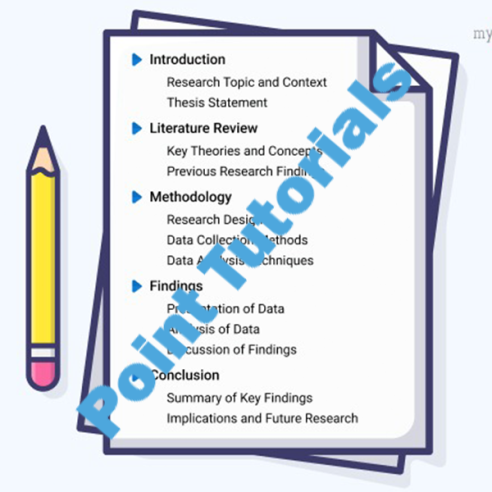
D219 Task 1
In Stock
D219 Task 1
Evidence-Based Practice and Applied Nursing Research
In Evidence-Based Practice and Applied Nursing Research, the elderly population presents a significant medical practice problem, necessitating urgent intervention techniques. As the global geriatric population increases, the incidence of falls and associated outcomes provides a growing issue for healthcare providers (Sherrington et al., 2020). This paper explores the effectiveness of exercise interventions in mitigating the risk of falls in community-residing older adults. Examining studies based on evidence-based practice aims to identify and put in force interprofessional healthcare practices that successfully address this pervasive problem, enhancing patient safety and outcomes while assuaging the load on healthcare structures.
- Introduction
Falls among older adults in the community constitute a significant clinical practice problem with profound implications for both patient and healthcare groups. As the older population keeps growing, the prevalence of falls and their related outcomes, which include fractures, head traumas, decreased quality of life, and extended healthcare expenses, have grown to be crucial worries for healthcare providers (Sherrington et al. (2020). The discipline of nursing, alongside other healthcare professions, has accessed a wealth of studies, statistics, and resources to guide clinical choices to mitigate this problem. Understanding and severely appraising evidence-based literature is paramount for imposing interprofessional healthcare practices that efficiently deal with the issue of falls.
In addition to the direct impacts on patients, the problem of falls among older adults substantially influences healthcare organizations and systems. The increased prevalence of falls leads to an increased demand for medical interventions, emergency services, and long-term care, sooner or later raising healthcare expenses (Sherrington et al., 2020). Hospitals and healthcare centers can also face additional resource strains, including extended occupancy fees and the need for specialized geriatric care devices. Furthermore, falls contribute to more extended hospital stays and a higher chance of readmission, affecting healthcare services’ general performance and potential (Sherrington et al., 2020). Addressing falls efficiently is crucial for the affected person’s well-being and retaining the sustainability and well-being of healthcare systems, highlighting the significance of including strategies to mitigate this extensive challenge.
B1. PICO Components for Falls as a Clinical Practice Problem
P (Patient, Population, or Problem): Older adults aged 65 years and above living in the community who are prone to falls. This population is, in particular, inclined due to decreased muscle strength, stability problems, and chronic health issues that increase the probability of falling.
Price:$30.00
Category: List of Solutions
